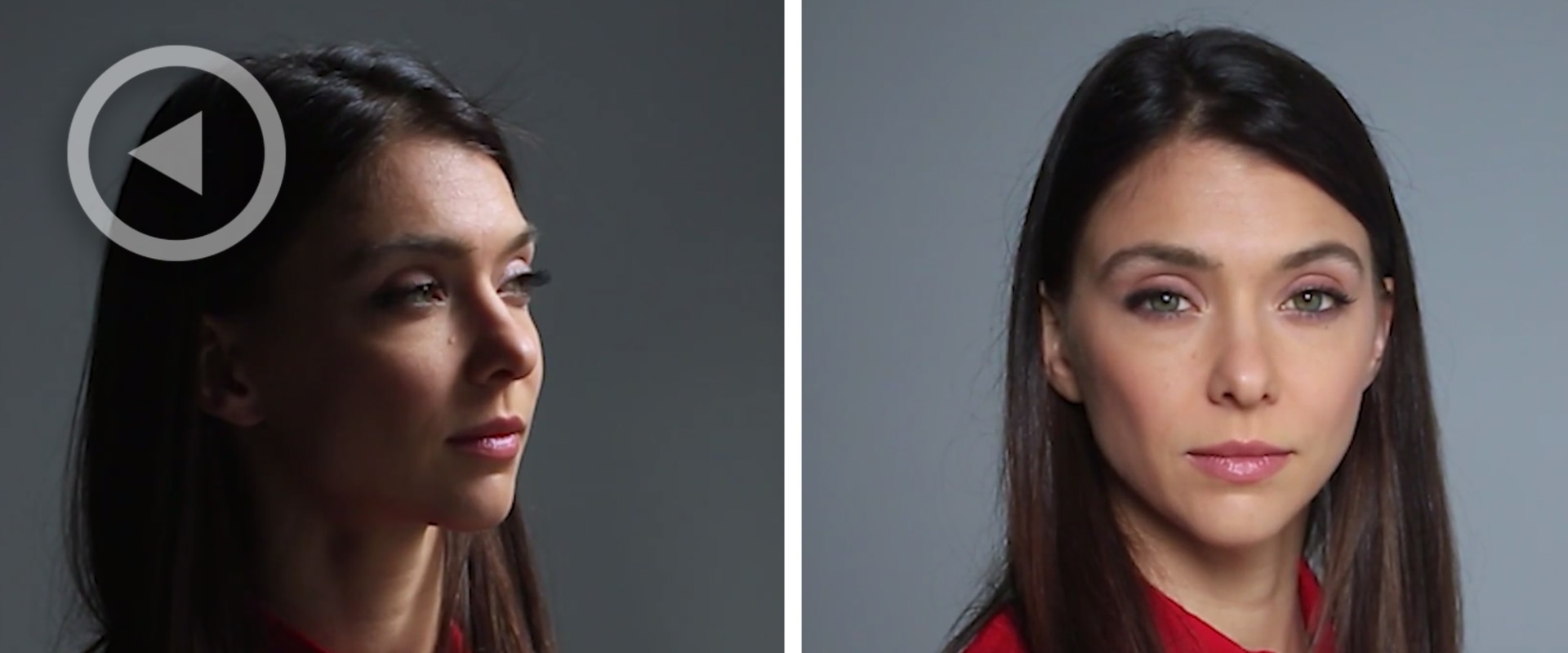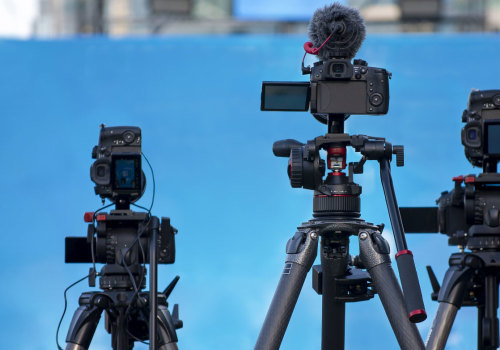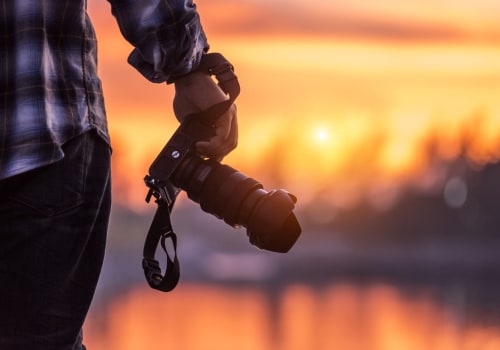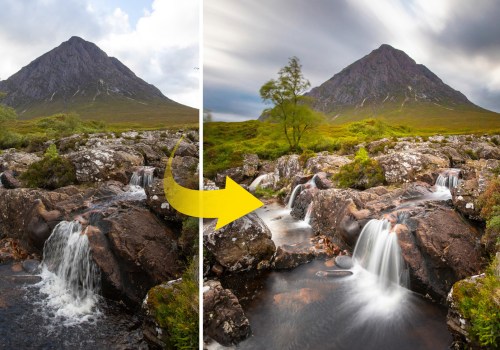Lighting is one of the most important elements in portrait photography. It can make or break a shot, so it's important to understand the basics of lighting techniques. Whether you're just starting out or you're an experienced photographer, learning the different lighting techniques for portraits can take your photography to the next level. In this article, we'll cover the basics of lighting for portrait photography, including the different types of lighting, how to set up your lighting, and tips for getting the best results.
We'll also provide some examples of how to use different lighting techniques in portrait photography, so you can get inspired to try something new. So let's dive into the world of lighting techniques for portrait photography!Natural light is a great option for portrait photography, as it provides a soft, even light that is flattering for portraits. When shooting in natural light, it’s important to pay attention to the direction and quality of the light. You can use natural light from a window or other source of sunlight, or you can move your subject outdoors.
Experiment with different times of day and different angles to find the best light for your portrait. If you’re shooting indoors or in low-light situations, artificial light can be a great option. There are several types of artificial lights that you can use, such as strobes, continuous lights, and speedlights. Each type of light has its own advantages and disadvantages, so experiment with different types of lights to see which one works best for your situation. Low key lighting is a great way to create dramatic portraits with a dark moody feel. This technique uses shadows to create contrast and draw attention to certain parts of the image.
To achieve low key lighting, you can use a single light source or multiple lights with various modifiers such as umbrellas and softboxes. High key lighting is the opposite of low key lighting – it uses bright, even lighting to create a bright and airy look in your photos. To achieve this look, use multiple light sources with modifiers such as umbrellas and softboxes. You can also use reflectors to fill in any shadows and create an even brighter look.
Natural Light
Natural light is one of the most important tools for portrait photography. It can create stunning, soft, and dramatic images.But to take full advantage of natural light, you need to understand how to use it. The quality of natural light changes throughout the day, so it’s important to be aware of how the light is changing. If you’re shooting in the morning, you’ll want to use a slower shutter speed and a lower ISO setting. In the late afternoon, you’ll need to adjust your camera settings for the brighter light.
When choosing a location for your portrait session, pay close attention to the quality and direction of the light. Soft light is best for portraits; direct sunlight can be harsh and create unflattering shadows. Look for open shade or diffuse light from clouds for a softer look. When shooting outdoors, it’s important to be aware of any reflections that may appear in your photo.
Reflections from water, windows, or metal surfaces can be distracting and ruin your photo. Using natural light effectively can take some practice, but the results are worth it. With some patience and experimentation, you can create beautiful portraits with just the light from the sun.
Artificial Light
When you're taking portraits indoors, artificial lighting is key. Whether you're using studio lights, flash, or even household lamps, there are a variety of lighting options available.Here's a look at some of the most popular artificial lighting techniques for portrait photography.
Studio Lights
Studio lights are some of the most popular options for portrait photographers. These lights are typically mounted on light stands and can be adjusted to fit the needs of the photographer. The light can be moved around to create different effects and shadows. When using studio lights, you'll need to choose the right type of bulbs to create the desired effect.Soft boxes or umbrellas can be used to diffuse the light and create softer shadows.
Flash
Flash is another popular option for indoor portrait photography. A flash can be used to fill in shadows and add a sparkle to your subject's eyes. Flash is also great for freezing motion and capturing fast-moving action shots. When using flash, you'll need to make sure that you have enough light to properly expose your subject without creating harsh shadows.Household Lamps
Household lamps can also be used for portrait photography.Desk lamps, table lamps, and floor lamps can all be used to create beautiful lighting effects. You'll need to experiment with different angles and distances to find the best lighting for your scene. Be sure to use a light bulb with a low wattage so that you don't overpower your subject.
High Key Lighting
High key lighting is a portrait photography technique that produces bright and airy images. It is often used for fashion and glamour photography, as well as for product and still-life photography.When done correctly, high key lighting can produce beautiful portraits with a unique look that is hard to replicate. High key lighting involves using a strong light source that is placed close to the subject. The light should be aimed at the subject’s face, and the light should be diffused to create a soft, even illumination. To create a more dramatic look, you can use a reflector to bounce the light back onto the subject’s face. This will add more light and contrast to the image. Another important aspect of high key lighting is the background.
In order to make the subject stand out, you should use a plain white background or a light-colored seamless backdrop. This will help create a bright and airy feel. You should also consider using props or other objects in the background to add depth and interest to the image. When taking portraits with high key lighting, you should be careful not to overexpose your images. Overexposure can wash out details in the skin tones and create a washed-out look.
To avoid overexposure, you can use a light meter or adjust your camera settings accordingly.
High key lighting
is a great way to create stunning portraits with an airy and bright look. With careful planning and execution, you can create beautiful images that capture the beauty and personality of your subject.Low Key Lighting
Low key lighting is a type of portrait lighting that produces images with mostly dark tones and high contrast. It is an effective way of creating dramatic and mysterious photographs. Low key lighting is typically achieved by using one or two light sources, such as an overhead light or a spotlight, placed at a 45-degree angle from the subject.The light should be directed at the subject’s face, casting shadows and making it look more dramatic. To get the most out of your low key lighting setup, you should use a reflector to soften the shadows and create a more even light. When using low key lighting, it's important to pay attention to the background. A dark backdrop will help to create the desired high contrast look and should be positioned behind the subject.
You can also add props to help create a mood or convey a certain message. For example, you could add a chair or other furniture to give the photograph more depth and context. Low key lighting can be used in many different types of portrait photography, from fashion and editorial to lifestyle and fine art. Whether you’re looking to create a mysterious and moody image or just want to add some drama to your portraits, low key lighting is an effective tool.
Using the right lighting techniques is essential for taking stunning portrait shots. Natural light, artificial light, low key lighting, and high key lighting are all great options for achieving beautiful results. With this guide, you can now implement these techniques confidently to create amazing photos with ease.








